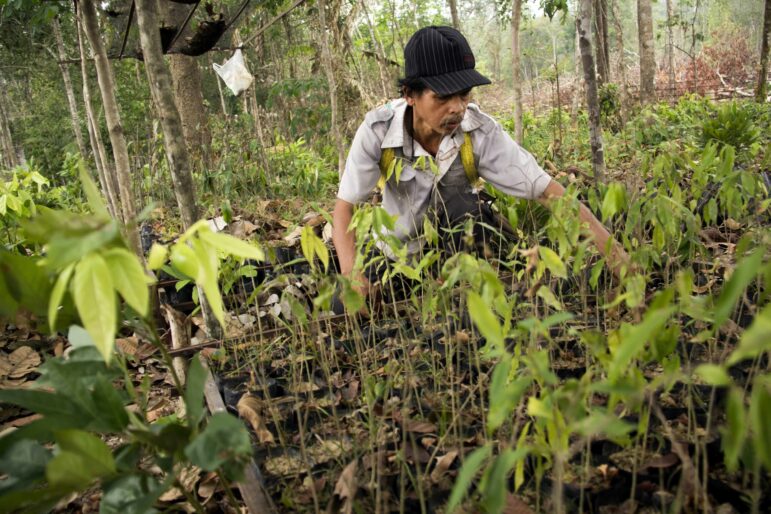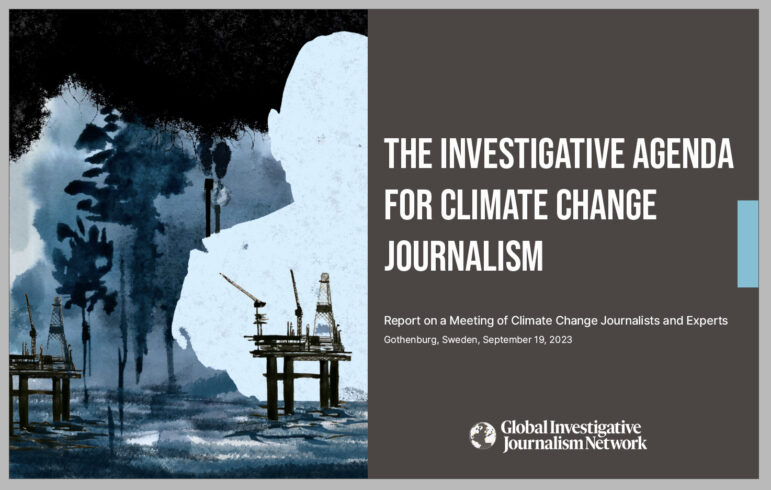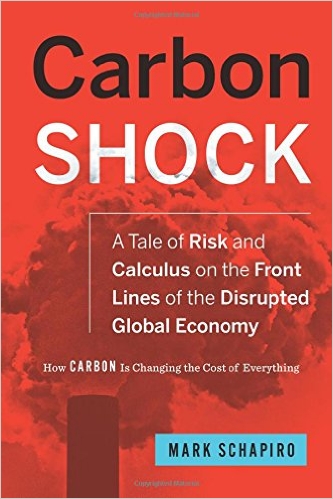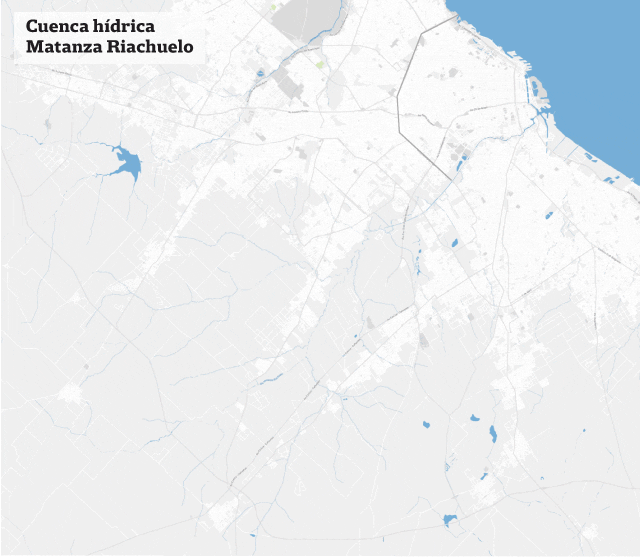

Carbon credits are often promoted as a way for individuals to offset the climate impact of their commercial air travel. Image: Shutterstock
Reporter’s Guide to Investigating Carbon Offsets — Short Version
Read this article in
“Carbon offsetting” is a controversial tool in the fight against global heating. Oversight by journalists is essential and has already had a major impact. It’s an important, though not easy, assignment. But there are many stories to be done worldwide, from the local level to the corporate boardroom.
Carbon offsetting occurs when a project that reduces greenhouse gas emissions is turned into a saleable commodity: “carbon credits.” These credits may be used by the purchaser to “offset” their own emissions.
The “voluntary market” of trade in carbon credits grew rapidly but then hit a rough patch, largely because of questions about the credibility of some of the underlying projects. The voluntary marketplace operates virtually without regulation and with limited transparency.
Carbon offsets are increasingly under the microscope. Many opportunities exist for investigative journalism.
Investigations can be conducted on a number of fronts: whether carbon offset projects are valid, who is benefiting, and who is not.
There is potential for collaboration between journalists in the Global North and Global South because most offset projects are created in the developing world but used by companies in the developed world.
This GIJN guide will explain:
- Part 1: What are carbon offsets.
- Part 2: Where and how to research offsets.
- Part 3: Investigating the validity of offset projects, and other potential stories.
Also, GIJN has created a list of investigative stories about carbon offsets, see this corresponding database.
For more detail see the full version of this guide.
Part I: What Are Carbon Offsets?
The basic concept of carbon offsets is fairly straightforward.
“Put simply, carbon offsets involve an entity that emits greenhouse gasses into the atmosphere paying for another entity to pollute less,” wrote Carbon Brief in In-Depth Q&A: Can ‘Carbon Offsets’ Help to Tackle Climate Change?
Start with planting a tree. Because trees absorb and store carbon dioxide (CO2), planting more of them can offset greenhouse gas (GHG) emissions. The amount of carbon dioxide absorption by the new trees can be quantified, as a carbon credit, and then bought and sold.

A visual graphic explaining how voluntary carbon markets work. Image: Screenshot, Centre for Science and the Environment
Each carbon credit represents one metric ton of CO2 emissions either avoided or removed from the atmosphere.
Offset projects come in many shapes and sizes. Some others result from introducing cleaner cooking stoves, using more sustainable farming techniques, creating more solar and wind energy, and preventing methane leaks.
Forestation conservation projects are the most common type of offset project.
Quantifying the carbon-reducing value of offsets is very complex. The evaluations depend on predictions about nature, technology, and humans. So the measurement of such variables is critical to the accurate assessment of offsets.
Another layer of complexity arises when offset projects are created for not doing something damaging to the environment, such as by protecting a forest. Evaluating this means dealing with questions such as whether the forest really was at risk of being forested. (For more important details about these concepts see the longer version of this guide.)
A style note: “Carbon credits” refers to the marketable commodity, a saleable asset. “Offset projects” is the usual term for the activity from which credits are based. Credits may or may not be used by purchasers to “offset” their own emissions (offsetting).
Voluntary Credit Market
GIJN’s guide focuses on how to investigate the “voluntary credit market” (VCN) — the private sector marketplace in which offsets are the currency.
Critics are concerned that corporations — including those in the fossil fuel industry — are using carbon credits to avoid reducing their own emissions.
The voluntary carbon market is largely unregulated. There’s no centralized system for the evaluation of offsets. Carbon offset projects are certified by carbon ”registries” that use quantitative methodologies to validate the offsets brought to them. The extent to which these methodologies are valid is a key point of controversy and one subject for journalists to investigate.
There are many other actors, including brokers, consultants, and marketplaces.
There is little price transparency for specific offset credits. The market determines the value of offsets, with the prices dependent on factors including demand, supply, location, and the type of offset.
An offset may be traded multiple times, but once a purchaser counts it towards its voluntary goal or binding emissions target, the offset is “retired” and cannot be used again.
Many Investigative Opportunities Exist
One major storyline concerns whether a particular offset will achieve the claimed beneficial results. Because the projected benefits are based on complex assumptions and models, it’s necessary to dig into the details.
The many other possible storylines include:
- Whether local communities, including Indigenous populations, were consulted and involved in the creation of the project?
- Who created the project?
- Who is profiting from the project? The chain of developers, brokers, and other intermediaries may be complex.
- Should carbon offset markets be subject to more government control?
- What companies and banks are investing — or disinvesting — in carbon offsets?
Part II: Where to Find Out About Carbon Offsets
Starting points for investigations of carbon offsets include:
- What offset projects exist in your country?
- What offset projects are being used by a particular company?
Information also may emerge locally about projects in your country, as offset developers or individual governments announce new deals. The corporations buying using offsets may announce and promote them.
Even if projects are not publicly touted, information on them is available through the organizations that register offsets.
Voluntary offsets are certified by four main “registries.”
- Verra’s Verified Carbon Standard (VCS)
- Gold Standard (IGS)
- American Carbon Registry (ACR)
- Climate Action Reserve (CAR)
All of the registries offer searchable databases.
The registry pages include descriptive documents, sometimes lengthy, about each offset and its developer. The terminology may prove complicated, but these documents are an essential starting point.
Two databases contain combined information from the registries.
OffsetsDB collects and standardizes data about offset projects and is updated daily. It is done by (Carbon)plan, a nonprofit that analyzes climate solutions.
The University of California Berkeley Carbon Trading Project has also consolidated registry information but is only updated periodically.
For additional information, on these resources, see the long version of the GIJN carbon guide.
Sorting Out the Best Information
What are you looking for about projects? Here’s a list of baseline questions:
- What are the stated goals of the project?
- Where is the project located?
- What are the mechanisms for achieving the goals? (The details are important.)
- What baselines were established about current and projected conditions?
- What are the scientific assumptions and the methodologies underlying the projections?
- Who owns the land involved?
- Was the local community involved?
- Is the local community benefiting financially?
- How was the certification done and documented?
- What monitoring has occurred, if any, and what monitoring will occur?
- Who were/are the monitors?
- How good was their work?
- Did the auditors do fieldwork, meaning actually visit the site?
- Is the government involved, at the national or subnational level?
Part III: Investigating the Validity of Offset Projects and Outcomes
A major avenue for investigation concerns the validity of the project. As noted above, there are lots of questions to ask.
What are you looking for?
- Initial assumptions: Was the baseline correct? Such as, about how many trees existed in the beginning?
- Evidence that the project is working as planned: Are trees being planted, solar panels being installed, cookstoves being delivered?
- Evidence that the projections are not holding up, or will not hold up over time (permanence), even because of unexpected events, such as forest fires.
- Unexpected results, such as more grazing outside of areas where it is now prohibited.
- Who is profiting?
- Is the local community benefitting?
Some of this research may require finding experts on the science involved but some verification research can be done by journalists doing fieldwork or using aerial images.
There is a wide range of potential sources.
- Scientists (Increasingly there are specialists on offsets).
- Environmental groups (Local and national).
- Reports about specific offsets.
- Satellite images and maps.
- Site visits.
- Affected persons.
- Climate offset experts.
- Government officials.
- Former officials of banks and corporations, who may have concerns about climate change.
- The buyers of offsets — who may have done due diligence.
- Organizations that rate offsets.
- Former employees of the sponsors, the brokers, and the registries.

Shaban Mwinji, a community scout ranger in Ukunda, Kenya, standing in a restored mangrove forest. Image: Climate Visuals, Anthony Ochieng,
Looking at Methodological Underpinnings
It’s important to understand that experts may disagree about the validity of particular carbon offsets. These debates can get technical and hard to follow for laypersons, but getting into the weeds is critical.
The registries rely on methodologies built on research. But others may disagree with the research relied on. The science in this area is dynamic. Journalists have sometimes been caught in the crossfire.
To report on specific projects, it would be ideal to find expert sources who can help navigate the methodologies used to evaluate kinds of projects. Searching the scientific literature is one way to locate relevant studies and experts.
Don’t overlook local scientists, naturalists, and environmental activists as key voices to include.
Using Satellite Images
Some good stories can be done without second-guessing the registries’ methodologies.
Particularly for stories on reforestation offsets, satellite images can provide important evidence about project results. They can help answer questions such as: How much of the affected land was forested before the project started compared to now?
Remember, however, that satellite data will provide only part of the picture. The investigation still needs to integrate information about the modeling and from on-the-ground reporting.
Fieldwork Remains Very Important
Visits to the project sites have proven valuable.
Tap into local wisdom about the validity of the project and whether it is working. Try local community leaders, loggers, farmers, resellers, and naturalists. Remember that some of those involved will have vested interests, financial, or political.
The local communities may or may not benefit from the offset. Inequality in negotiating power between the offset creators and Indigenous communities, plus a lack of consultation, has sometimes resulted in questionable projects and inequitable distribution of the proceeds.
Collaborative Potential Exists
Reporting on carbon credits should be fertile ground for journalist-to-journalist and cross-border collaboration.
Many credits are based on actions in the Global South and are purchased by entities in the Global North. Reporters in developed countries, perhaps reporting on offsets purchased by a company, should consider collaboration with journalists familiar with the locale, who could make site visits and investigate the local actors. Teamwork can help with the challenges of learning about this often complex topic.
Investigating the Developers
Another key line of inquiry concerns the developers of any offset project.
These may be entrepreneurs, brokers, and (less frequently) local communities. They have incentives to bulk up the value of the deal, to “over credit.” Few are transparent about their fees.
What to look for researching this cohort.
- The developer’s credentials.
- Other projects the developer is involved in.
- Any track record with other projects.
- Other business interests.
- Relationships with other businesses.
- Relationships with government officials.
- Potential conflicts of interest.
Other key information to look for in covering these deals.
- Government records.
- Ownership records.
- Legal records (look especially for lawsuits involving other credits).
- Online searches.
- Social media.
- Media articles.
- Talking with affected persons.
- Fieldwork to the project site.
Government interest in offsets is growing, suggesting that legislators and regulators could become sources, and that the debate over how to regulate will be worth following.
Several initiatives have been created to encourage higher standards in carbon markets.
(For more on government regulation and self-regulation see the full version of this guide.)
Environmental groups, international and local, may be useful to reporters.
Final Thoughts
In Latin America, 13 media outlets organized the Opaque Carbon (Carbono Opaco) project to investigate how one Colombian company sought to “to monopolize the business of carbon credits in the region.”
Colombian investigative journalist Bermúdez Liévano, who also authored the report A Reservation Sold Carbon Credits and Its Inhabitants Didn’t Know, recommends a “thorough dissemination strategy.” But, he added, often your best source for generating new leads comes from the last story you published.
“What you consider your final period on your story; when you say end, publish, may very well be the road to your next initial question mark,” he noted. “All of the stories that we have been publishing, that we will continue to publish, have in one way or another fundamentally come from people who read our story and said ‘I have another one for you.’”
For a list of investigative stories about carbon offsets, see the corresponding database for this guide.
 Toby McIntosh is a senior advisor for GIJN’s Resource Center, which provides online resources to journalists worldwide. He was the editor of FreedomInfo.org, (2010-2017) a nonprofit website based in Washington, D.C. that covers international transparency laws. He was with Bloomberg BNA for 39 years and has filed numerous US Freedom of Information requests and has written about FOI policies worldwide. He is a steering committee member of FOIANet, a network of FOI advocates.
Toby McIntosh is a senior advisor for GIJN’s Resource Center, which provides online resources to journalists worldwide. He was the editor of FreedomInfo.org, (2010-2017) a nonprofit website based in Washington, D.C. that covers international transparency laws. He was with Bloomberg BNA for 39 years and has filed numerous US Freedom of Information requests and has written about FOI policies worldwide. He is a steering committee member of FOIANet, a network of FOI advocates.









